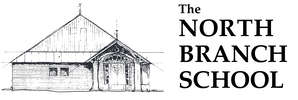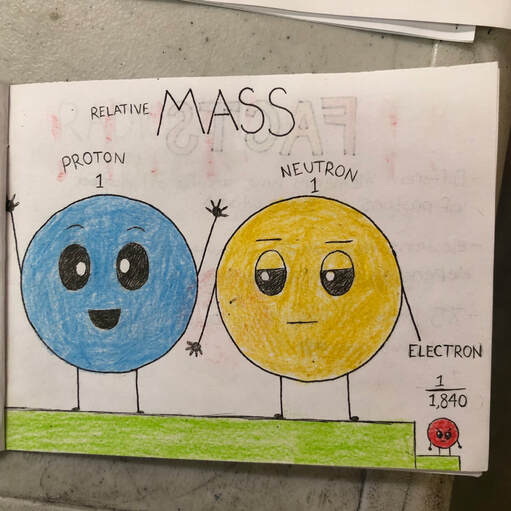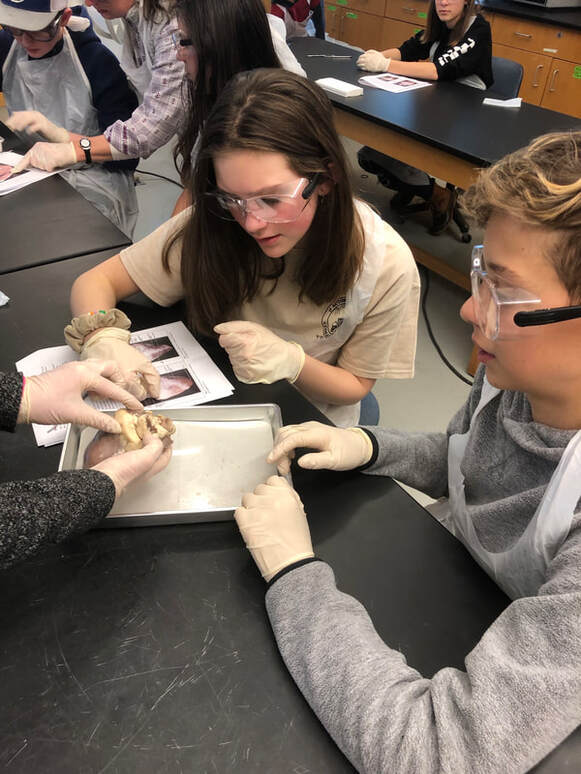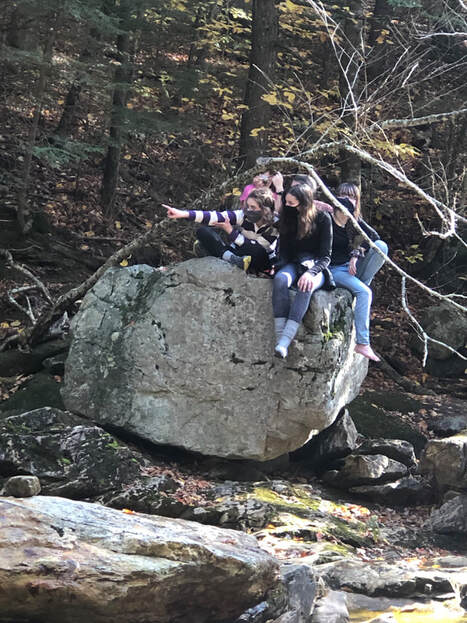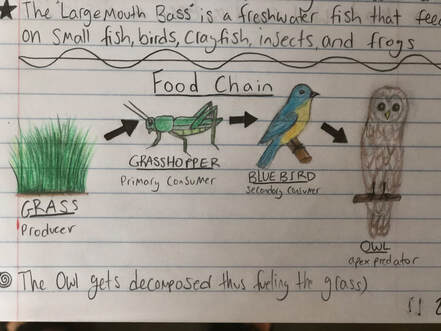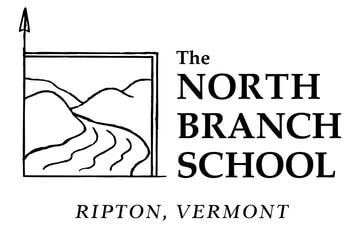Science
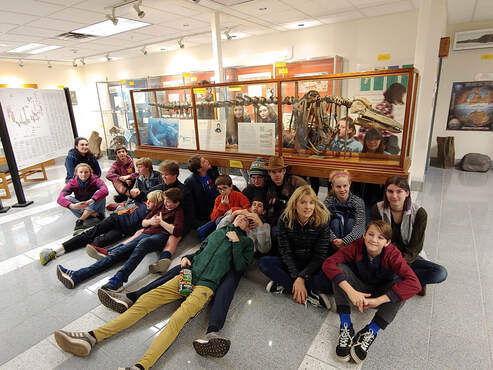
In our three year science curriculum at NBS, the overarching themes are physical science, earth science, and life science, with climate, environment, and energy topics interwoven throughout. Uniting science with action, we take an integrated, active, inquiry and evidence-based approach, practicing the process of science, using data to draw conclusions, and employing engineering strategies. Using science content to make a difference, such as in reaching for Vermont’s 90% renewables by 2050 initiative, is a lens through which we study physical, earth and life science. For example, we look at data from NASA and other sources on ice core sampling, sea level change, and CO2 cycles, create and test control and experimental models of the earth’s atmosphere and earth’s oceans to deepen our understanding of these effects, calculate our own carbon footprints, then make our own evidence-based claims around climate change and propose solutions. In our study of physical science, we explore the science of motion, matter, waves, electricity and energy use, trace where our energy is coming from, create and explore model circuits, grids, motors, generators and photovoltaic cells, analyze our own energy use at school, and explore alternatives and design solutions.
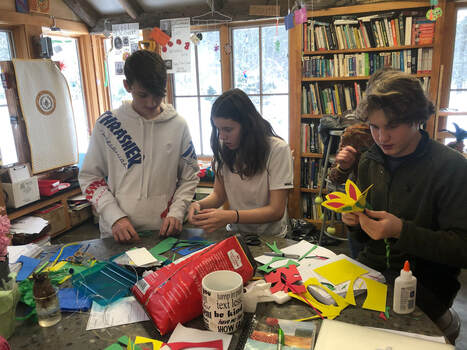
Philosophy and Goals
Science at NBS is intended to be a hands-on, minds-on experience, rich in opportunities for students to engage with and explore the world around them on many levels and by a variety of means. Students generate essential questions around anchoring phenomena drawn from their local environment, hobbies, current environmental challenges, ideas and events. Through experiments, research, observations, and model building we try to answer those questions, figure out how and why an event occurred, the conditions and consequences, and propose solutions based on evidence gathered, research, and deepened understanding.
Students develop skills of problem solving, communication, collaboration, self management, the ability to apply knowledge to new and more challenging areas, as well as the ability to justify their own claims. They discover and make connections among science ideas and develop scientific literacy, engage in inquiry, evaluate explanations and evidence presented to determine their credibility and validity. Tools, technology and mathematical thinking are used to collect, interpret and present data. Students learn that science knowledge is not static but changes over time.
We spend time indoors and out, conduct frequent investigations and experiments, fill science notebooks, invite visitors, travel on field trips, conduct engineering challenges and a yearly science fair/symposium. We strive to utilize our location, to get the students outside and moving with their hands on material, to make science exciting, fun, and meaningful, while integrated with math, art and humanities curricula. Our major goal is for students to develop questioning minds that make and test hypotheses as a way of thinking across any subject in order to better understand the world and to make informed decisions in their own lives and of greater societal imperative.
Curriculum Highlights
Science at NBS is intended to be a hands-on, minds-on experience, rich in opportunities for students to engage with and explore the world around them on many levels and by a variety of means. Students generate essential questions around anchoring phenomena drawn from their local environment, hobbies, current environmental challenges, ideas and events. Through experiments, research, observations, and model building we try to answer those questions, figure out how and why an event occurred, the conditions and consequences, and propose solutions based on evidence gathered, research, and deepened understanding.
Students develop skills of problem solving, communication, collaboration, self management, the ability to apply knowledge to new and more challenging areas, as well as the ability to justify their own claims. They discover and make connections among science ideas and develop scientific literacy, engage in inquiry, evaluate explanations and evidence presented to determine their credibility and validity. Tools, technology and mathematical thinking are used to collect, interpret and present data. Students learn that science knowledge is not static but changes over time.
We spend time indoors and out, conduct frequent investigations and experiments, fill science notebooks, invite visitors, travel on field trips, conduct engineering challenges and a yearly science fair/symposium. We strive to utilize our location, to get the students outside and moving with their hands on material, to make science exciting, fun, and meaningful, while integrated with math, art and humanities curricula. Our major goal is for students to develop questioning minds that make and test hypotheses as a way of thinking across any subject in order to better understand the world and to make informed decisions in their own lives and of greater societal imperative.
Curriculum Highlights
- Climate change, carbon emissions and human activity, making meaning through models, and working toward a solution
- Physical science of motion and forces, energy and matter, atoms and elements, waves, electricity and magnetism
- Energy sources; renewables and non-renewables; international, national, state and local initiatives; the science of photovoltaics
- Earth systems, models and mapping, chemistry, minerals, rocks, and resources, Earth dynamics, weathering, water, and erosion, the oceans and atmospheric forces, and space
- Biological principles, cells and genetics, evolution and ecology, microorganisms, plants, invertebrates and vertebrates, human biology and health.
Specific Topics Over the Three-Year Science Curriculum:
|
Physical Science
Scientific Problem Solving Describing Motion Newton’s Laws of Motion Work and Simple Machines Forces and Fluids Energy and Matter Energy Resources Thermal Energy Foundations of Chemistry States of Matter Understanding the Atom The Periodic Table Elements and Chemical Bonds Reactions and Equations Mixtures, Solubility, Acid/Base Solutions Waves Sound Electromagnetic Waves Light Electricity Magnetism |
|
Life Science
Exploring and Classifying Life Cells Cell Processes Cell Reproduction Heredity Adaptations over time Bacteria Protists and Fungi Plants Plant Reproduction Plant Processes Introduction to Animals Mollusks, Worms, Arthropods, Echinoderms Fish, Amphibians, and Reptiles Birds and Mammals Animal Behavior Structure and Movement Nutrients and Digestion Circulation Respiration and Excretion Control and Coordination Regulation and Reproduction Immunity and Disease Interactions of Life The Nonliving Environment Ecosystems Conserving Resources |
|
Earth Science
Matter Minerals Rocks Earth’s Energy and Resources Views of Earth Weathering and Soil Erosion Plate tectonics Earthquakes Volcanoes Earth’s Past Geologic Time Atmosphere Weather Climate Ocean cycles and motion Oceanography Human Impacts on Land, Air and Water Exploring Space The Sun-Earth-Moon System The Solar System Stars and Galaxies |
